The Daibutsu of Todaiji, A Japanese Treasure
When you visit Nara, you can’t leave without visiting Todai-ji, home to the Daibutsu, the largest copper Buddha statue in the world. Together with Horyu-ji, Todaiji is one of the most popular temples in Nara and many people from all over the world visit Todaiji to get a glance at the famous Daibutsu.
Todaiji
Temple Grounds
It is only 15 minutes from Kintetsu Nara station by foot. However, since there are many deer on the road, it will probably take you longer to get there if you take the time to feed them!!
There are many gates as Todai-ji is quite a huge temple, but if you walk from Nara station, the first thing you will see at Todaiji will be the Nandaimon Gate.
Todaiji, originally named Kinshoji, dates back to the 6th century, when Emperor Shomu built the temple to mourn the death of his son, Prince Motoi. Later, the name changed to Todaiji because the temple was located east of the capital when the capital was in Nara.
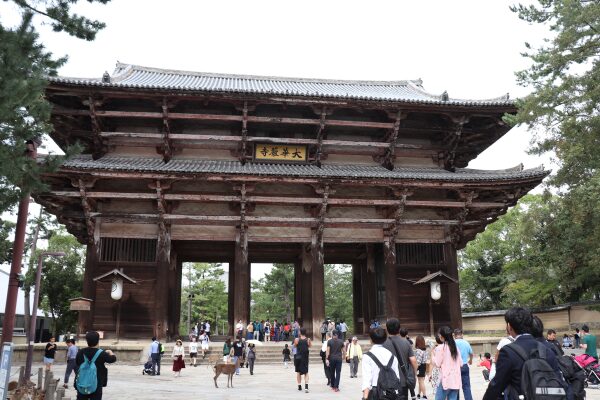
Though many people walk through the gate without paying much attention, this is in fact a Japanese National Treasure, so you should give it some time.
Long ago, Japanese temples predominately used Wayo-style architecture, which was not good for large-scale buildings. On the other hand, the Daibutsuyo style, introduced by Chogen, made it possible to build large stable structures. Unfortunately, the original version of the Daibutsuyo style is only found in a handful of structures, like the Nandaimon Gate.
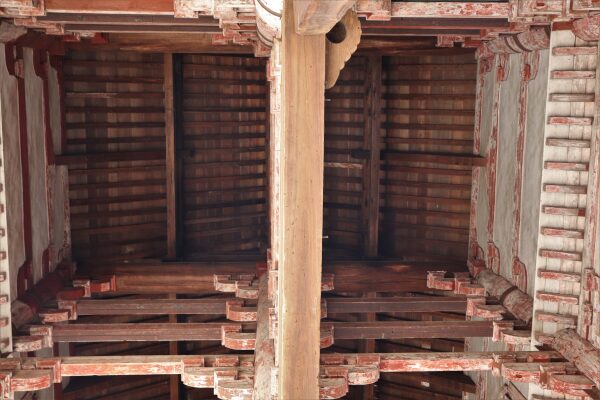
Daibutsu-den
After the Nandaimon Gate is the Chumon Gate, and just around the corner from that is the Daibutsu-den, where a big Buddha statue, Daibutsu is enshrined.
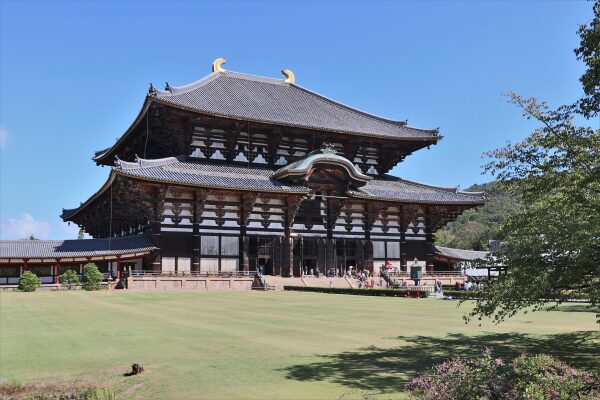
On your way to the Daibutsu-den, there is one thing you should pay attention to the octagon-shaped toro right in front of it.
This lantern is as old as the Daibutsu itself. Even though Daibutsu and the Daibutsu-den burnt down several times throughout history, this lantern survived all those fires. For its historic cultural importance, it is highly valued and thus another national treasure.
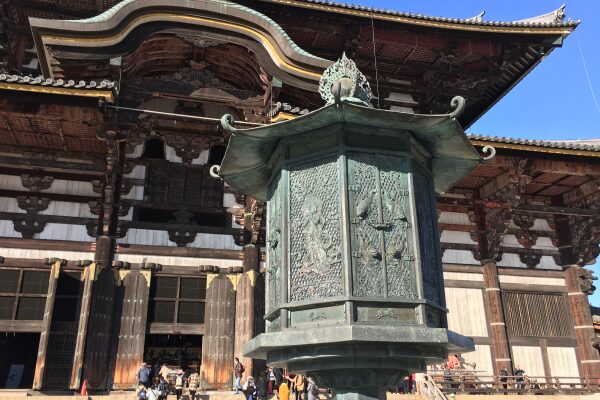
In order to accomplish this feat, he enlisted the help of a famous monk by the name of Gyoki. In exchange for his help acquiring money to build the statue, Shomu would allow Gyoki to teach Buddhism freely to the masses.
Finally, a large gold and bronze statue of Buddha was erected in Todaiji and is today known as the famed Daibutsu in 747.
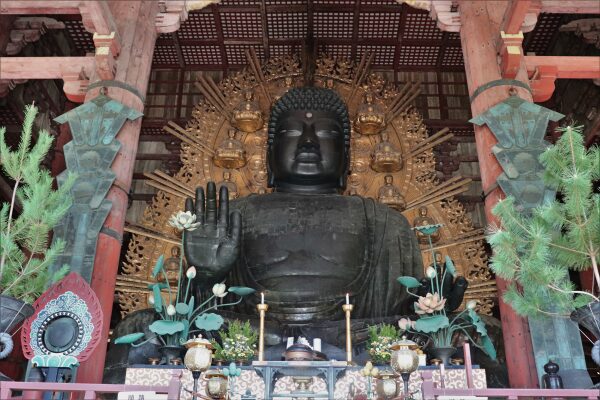
As you get closer to the Daibutsu, you will realize just how large it is. The current statue dates back to 1692 and is surprisingly a bit smaller than the original statue built in 752. The Daibutsu, officially known as Rushana-butsu, is the main Buddha of the Kegon sect of Buddhism.
Nigatsu-do
The Nigatsu-do is on the east side of Todai-ji. Nigatsudo is famous for the Shuni-e festival it hosts every February, which started in 752. During the festival, they have a ritual called omizutori where monks light giant torches along the balcony of the temple. These embers supposedly have healing properties and can cure any illnesses.
Perhaps unsurprisingly, this ritual caused a massive fire in the early Edo Period and reduced Nigatsu-do to ash. The temple was soon restored and is a Japanese National Treasure.
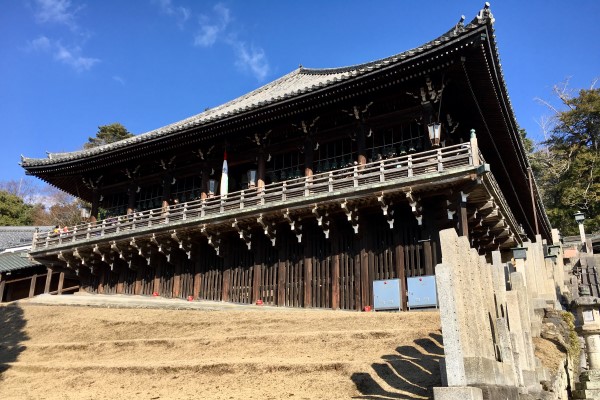

Shoso-in
Empress Komyo made the Shoso-in to store the collection of the riches amassed by her husband, Emperor Shomu. The collection contains roughly 9,000 artifacts, some of which Shomu obtained from countries like China, India, and even the Middle East.
Another of the things that is truly amazing about the Shoso-in is that it has survived many fires over the centuries and is actually very well preserved.
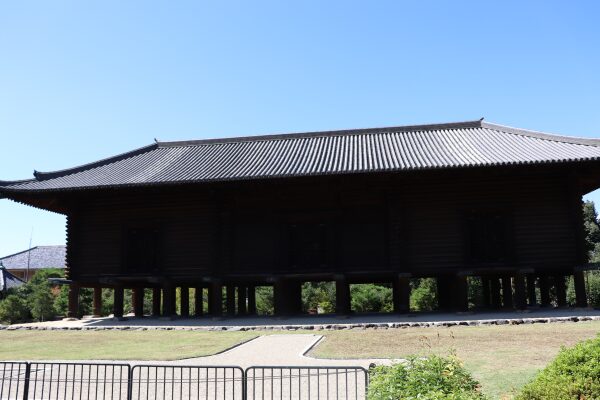
The architecture of Shoso-in is azekura-zukuri, a style commonly used for storehouses and granaries in the Nara Period.
This style is characterized by triangular-shaped logs joined together on an elevated foundation. These buildings are very efficient in keeping out moisture and vermin.
Also, so don’t miss Tegaimon Gate! which is just within a stone’s throw away from Shoso-in. The Tegai-mon Gate is a bit far away from the main temple area, located to the west of Todaiji.
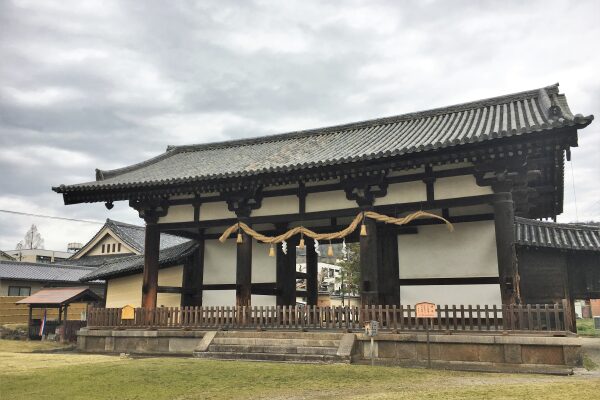
Information: Todaiji
| Address |
|
| Website |
|
| Getting To |
Todaiji is only 15 minutes away from Kintetsu Nara Station and 25 minutes from JR Nara Station.
|
| Hours |
|
| Admission |
|
| Note |
|
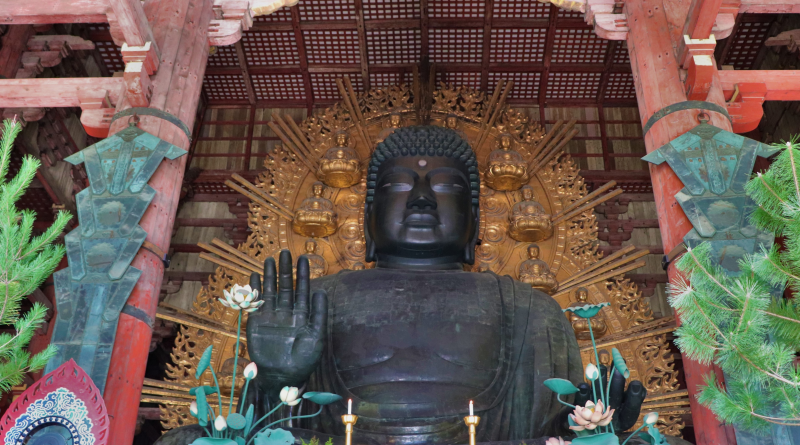
Leave a Reply